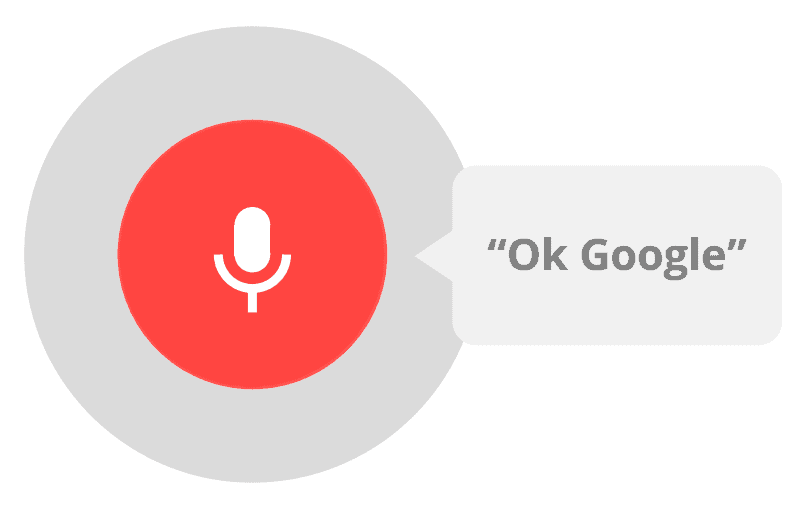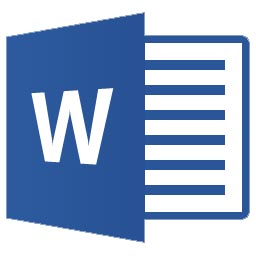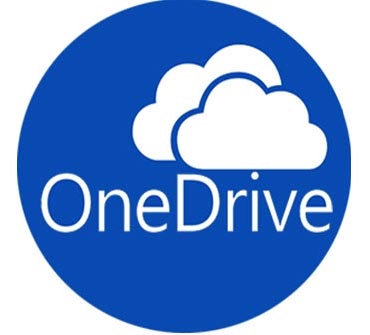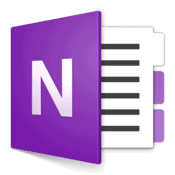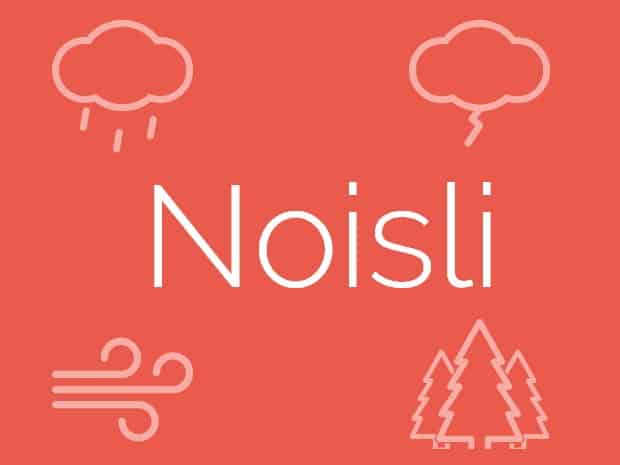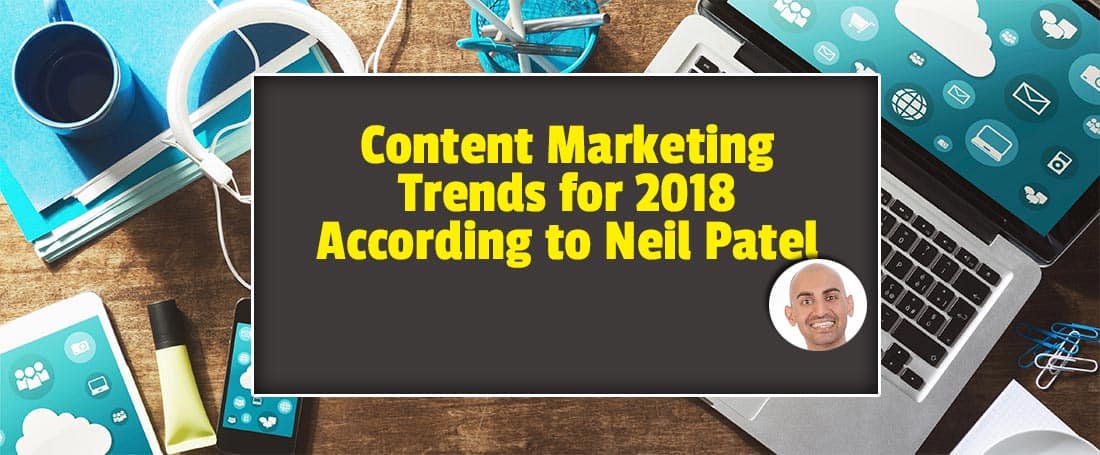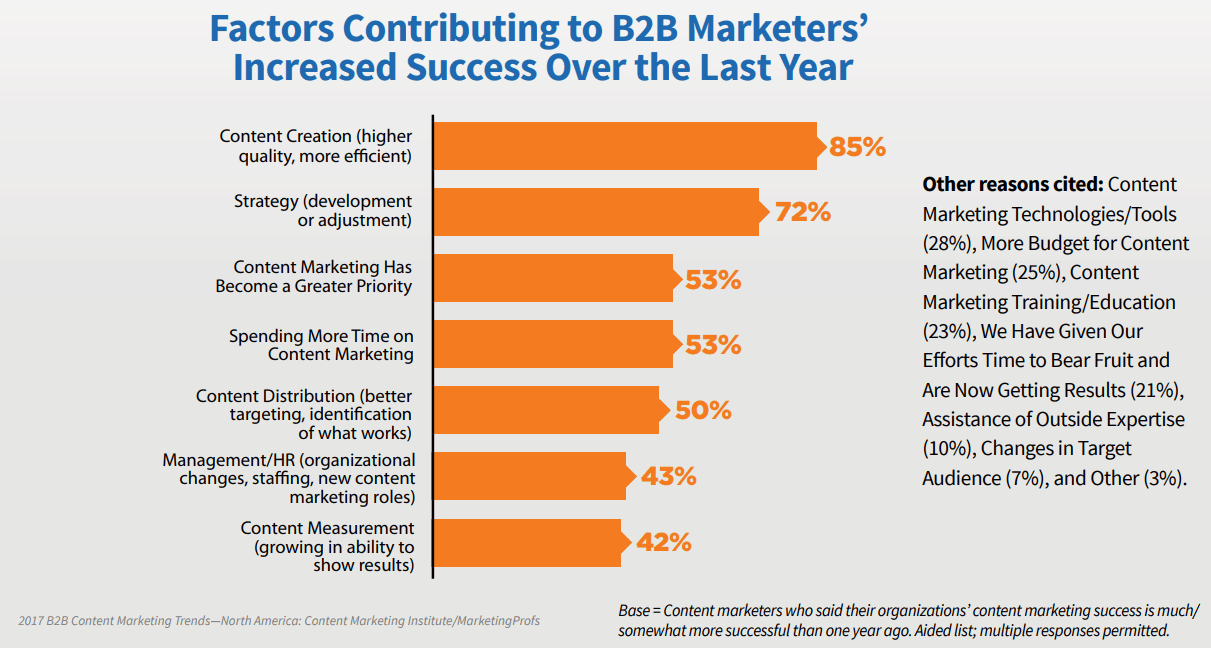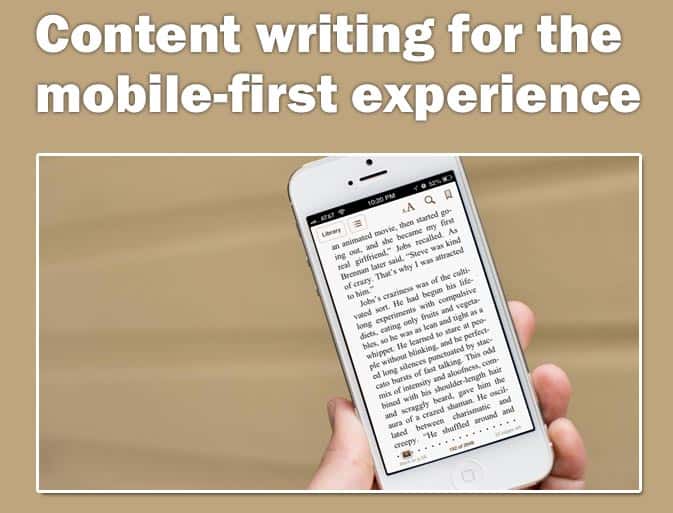 Is your content writing tailored for the mobile-first experience? Somewhere in November 2016 Google started mobile-first indexing. It means these days Google might be ranking your content according to its mobile version. Even if right now you don’t have a mobile version of your website, Google might be ranking your web pages and blog posts according to how they look on mobile devices. There is a reason I’m saying “might be”.
Is your content writing tailored for the mobile-first experience? Somewhere in November 2016 Google started mobile-first indexing. It means these days Google might be ranking your content according to its mobile version. Even if right now you don’t have a mobile version of your website, Google might be ranking your web pages and blog posts according to how they look on mobile devices. There is a reason I’m saying “might be”.
According to this Search Engine Land update, Google isn’t rolling out the mobile-first index until 2018.
Why writing content for the mobile-first experience is important?
More people are accessing your website from their mobile phones. Some of my clients have reported that almost 35-40% of their traffic comes from mobile devices.
When you think of content writing in terms of mobile-first experience, as well as usability goes, there is no big difference. People seek the same sort of information on the mobile phone that they seek on their PC. Then what’s the big difference?
It is difficult to do research on mobile phones. For example, you want to make a big business decision and for that you need to do lots of research. It is difficult to do it on the phone or even on the tablet. You need a laptop or computer.
As explained on this Google blog update, most of the searches on mobile are of the sort “I want to know”, “I want to go”, “I want to do” and “I want to buy”.
On the mobile people are looking for quick solutions. They neither have enough space nor enough patience to go through long streams of text to find what they’re looking for. The answers should be modular, to the point.
If you are still writing content keeping your PC audience in mind and totally ignoring the mobile audience, you may lose on a big chunk of your prospects because they won’t be able to make sense of what you are trying to say.
Therefore, your content writing needs to take into consideration the mobile-first experience.
What are the peculiarities of the mobile-first experience?
Prominent peculiarities of a mobile screen are
- A smaller screen size, smaller text
- Visibility through a single window
- Lots of distractions in terms of notifications
- Limited keyboard
- People are normally on the move when using their mobile phones
- Many people may check out your website while having conversations or dinner/lunch
Stats
- 71% social media users access your updates using their smartphones
- 1/4th of your emails are accessed from smartphones
- Still, a significantly small portion of people visit business websites using mobile phones (source)
The last point is quite ambiguous. It also makes sense.
As I have mentioned above, there are many constraints while browsing websites with mobile phones, at least right now. Most of the websites are not mobile ready. People accept that. Whereas, many may leave your website and may not come back, people who are serious about doing business with you may also access your website using a laptop or a PC.
Content writing for mobile phones
Very few people accessing business websites from their mobile phones doesn’t mean that you shouldn’t write content for the mobile-first experience. Although Google introduced the concept in 2016 and started pushing it into some aspects of search engine rankings, the main thrust is going to come in a year or so.
To be frank, Google is not bothered about your experience as an entrepreneur or business person. The company is bothered about its users. It knows that more users are accessing the Internet via their mobile devices. So, whatever changes they push forward, whenever they push forward these changes, they are going to do it according to their own convenience and business plan.
Should you be waiting till then? By the time Google completely switches over to the mobile-first experience in rankings, you could be publishing hundreds, if not thousands, of blog posts or web pages. Just imagine, making them all mobile friendly then. Rewriting all the content so that it looks good on mobile phones.
Writing content for the mobile-first experience
Actually, writing for PC or laptop and writing for the mobile-first experience, can go hand-in-hand. The beauty of quality content is that it is good for all experiences. A piece of well-written content looks good on a mobile phone as well as on your PC or laptop.
Here are a few things you should keep in mind while doing content writing for the mobile-first experience:
- Write highly focused content: As mentioned above, mobile users are looking for specific answers to specific questions. If they want to know what movies are playing in the nearest theater, they want to know just that, not a review. If they want to find the best carpenter in the area, they don’t want to read about your carpentry experiences or how to assemble a table.
- Create shorter paragraphs: Long streams of text can be difficult to read. Write shorter paragraphs. I have seen many people using just one sentence in one paragraph. On the PC it looks odd, but on a mobile phone this can be very helpful.
- Avoid using very complex language: People using mobile phones are normally a distracted lot. They may be checking out your website or blog at a crowded place or while having a conversation with friends or arguing with the spouse. If your language is difficult, if you are using words they cannot understand, they usually don’t have the luxury to refer to a dictionary.
- Get to the point as soon as possible: Yes, the “above the fold” philosophy applies to the mobile-first experience too. When writing content, keep the most important message at the top in such a manner that the viewer doesn’t have to scroll the screen. The most important message can be anything that holds the attention of your visitor.
- Use great, captivating headlines: Since most of the mobile visitors are in a distracted state, write compelling headlines to communicate the main ideas of your content. Great headlines used to be important for newspapers. They are very important for web pages and blog posts. They are super important for the mobile-first experience.
- Use the first para to hold the attention of your visitor: It is normally your first paragraph, preceded by your headline, that is going to decide whether the person is going to read the rest of your web page or blog post or not. Pack as much punch as possible in your first paragraph. Incite the curiosity. Give that person an irresistible reason to scroll down and read the rest of the text.
- Use plenty of images: Mobile users prefer images over text: This is because as the cliché goes, an image is worth a thousand words.
Does content writing for the mobile-first experience spoil your content for PC and laptop?
Although it shouldn’t happen because every piece of well-written content looks good on mobile as well as conventional PC and laptop, if you feel that content writing for the mobile layout spoils your content for PC and laptop, maybe you need two versions.
Google knows that you may have a different version for your desktop and different for mobile phone. It is going to index the mobile phone version 1st anyway, some day. There is no harm in creating two versions of your website, as many businesses already do.
But, even if you don’t want to go through the hassle of maintaining multiple versions of the same website, it is better to write scalable content. It is not as difficult as it seems.

